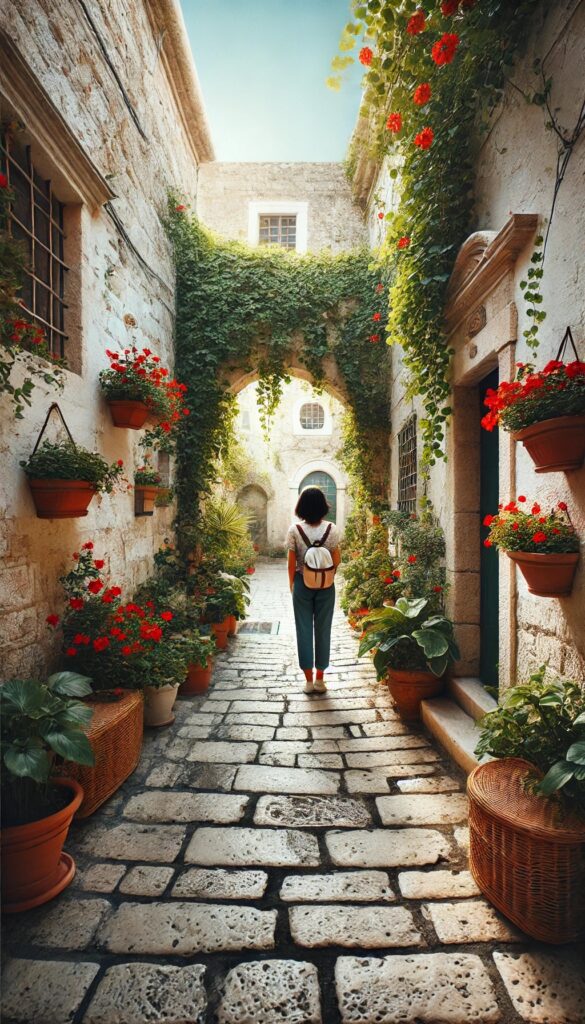ChatGPT:
Antwerp, a major city in Belgium, is one of Europe’s key ports and an important cultural and economic hub. The city lies along the Scheldt River, about 88 km from the North Sea, and is known for its rich history, impressive architecture, and diamond trade.
Origin and Early History
The name “Antwerp” is believed to come from a legend involving a mythical giant named Antigoon, who charged tolls to those wishing to cross the river. According to the story, a young hero named Brabo killed the giant and threw his hand into the river. The name “Antwerp” supposedly derives from “hand werpen” (hand throwing).
Archaeological evidence suggests the site of Antwerp was inhabited as early as the 2nd and 3rd centuries AD, during the Gallo-Roman period. By the 7th century, the settlement began to grow, and the construction of fortifications took place during the Carolingian period.
Medieval Development
Antwerp’s rise to prominence began in the 11th century when it became part of the Holy Roman Empire and a fortified town. By the 12th century, it was a key trading center in the Duchy of Brabant. The Scheldt River gave it direct access to the sea, making it an ideal location for commerce and maritime trade. By the 14th and 15th centuries, the city had developed as an important part of international trade routes and was known for its bustling markets.
The Golden Age
Antwerp’s true golden age came in the 16th century when it became one of Europe’s leading commercial and financial centers. The establishment of a port on the Scheldt River, the presence of many foreign merchants, and its role in the spice trade helped it prosper. During this period, Antwerp was often considered the wealthiest city in Europe, serving as a significant hub for trade and finance. It also became an important cultural center, drawing artists like Pieter Paul Rubens, who lived and worked there, contributing to Antwerp’s reputation as a major center of the Baroque art movement.
Decline and Revival
Antwerp’s prosperity came to an abrupt halt with the fall of the city to Spanish forces in 1585 during the Eighty Years’ War. The Protestant population fled, and the city entered a period of decline. The Treaty of Münster (1648) closed the Scheldt River to sea traffic, further hurting Antwerp’s economy by preventing direct maritime access.
However, the city’s fortunes began to improve during the 19th century with the fall of Napoleon and the reopening of the Scheldt River. Antwerp was integrated into the newly formed Kingdom of Belgium in 1830, and industrialization brought new economic growth. The expansion of the port and the development of rail infrastructure helped Antwerp to reestablish itself as a significant trading center.
Modern Era
In the 20th century, Antwerp played a key role during both World Wars, especially during World War II when its port was a strategic target. Following the war, Antwerp’s port continued to grow, and today it is one of the largest and busiest ports in the world, serving as a vital gateway for goods moving in and out of Europe.
The city is also a world leader in the diamond industry, with the Antwerp Diamond District being one of the most important trading hubs for rough and polished diamonds globally.
Cultural and Economic Significance Today
Today, Antwerp is known for its vibrant cultural scene, with several historic buildings, museums, and galleries. It boasts remarkable Gothic and Renaissance architecture, such as the Cathedral of Our Lady, which is a UNESCO World Heritage site. Antwerp is also recognized for its fashion scene, particularly due to the influence of the “Antwerp Six,” a group of fashion designers who gained international recognition in the 1980s.
Economically, Antwerp remains a powerhouse due to its port, which handles a significant volume of cargo, making it one of Europe’s key logistics centers. It also retains its position as a leader in the diamond trade and has developed strong sectors in chemicals, petrochemicals, and shipping.
Antwerp’s blend of history, commerce, art, and culture makes it one of the most dynamic cities in Belgium and a significant player in both European and global contexts.
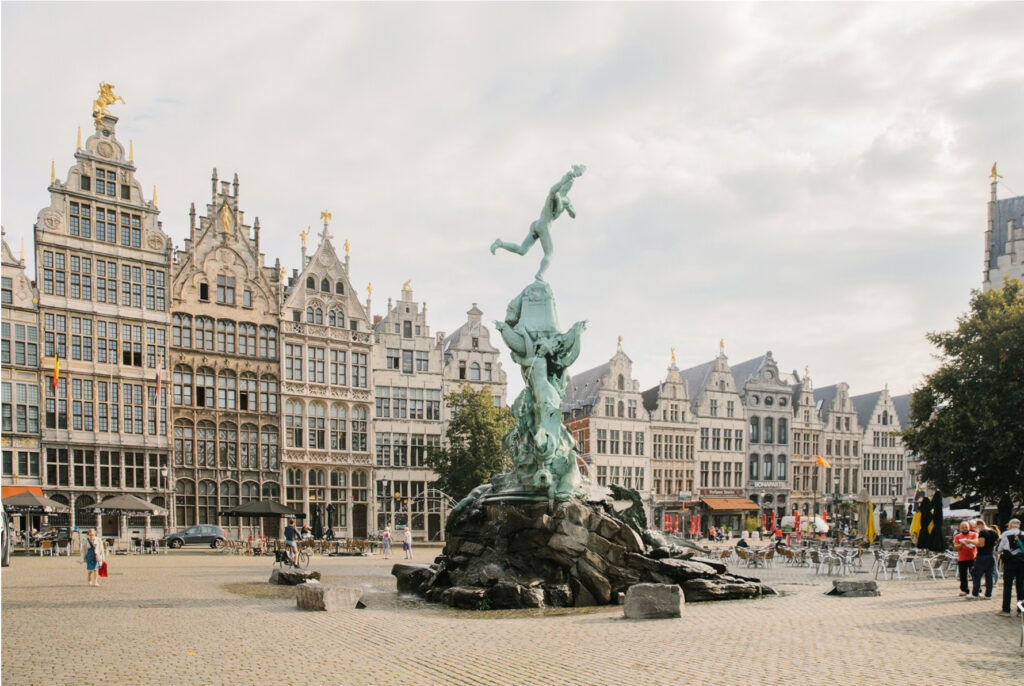
Antwerp is rich in historical monuments and tourist attractions that reflect its diverse history and cultural importance. Here are some key sights:
1. Cathedral of Our Lady (Onze-Lieve-Vrouwekathedraal)
- This Gothic cathedral, a UNESCO World Heritage site, is the largest church in Belgium. It features impressive works by Peter Paul Rubens, including “The Descent from the Cross” and “The Elevation of the Cross.”
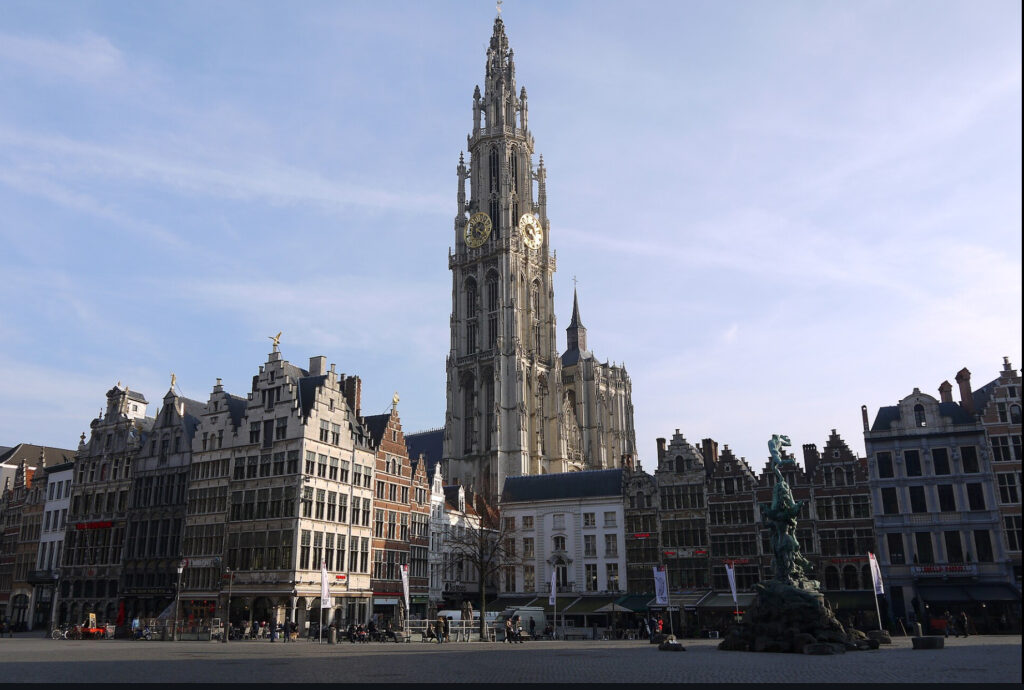
2. Antwerp Central Station
- Known as one of the most beautiful railway stations in the world, Antwerp Central Station is a stunning blend of neo-Gothic, Art Nouveau, and Art Deco architectural styles.
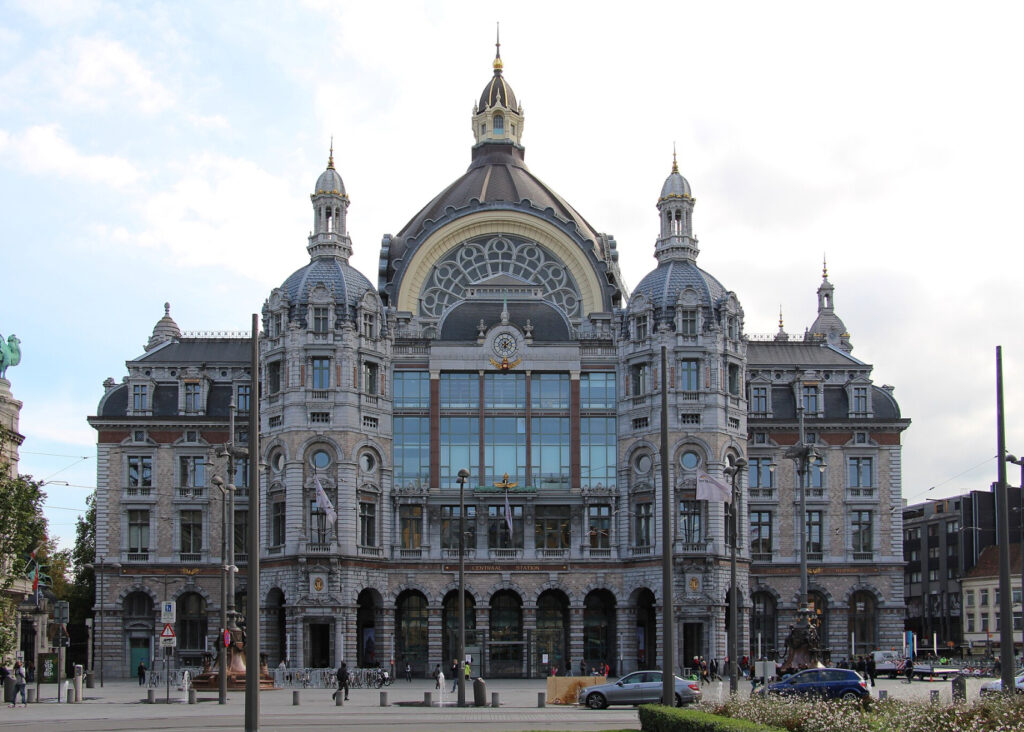
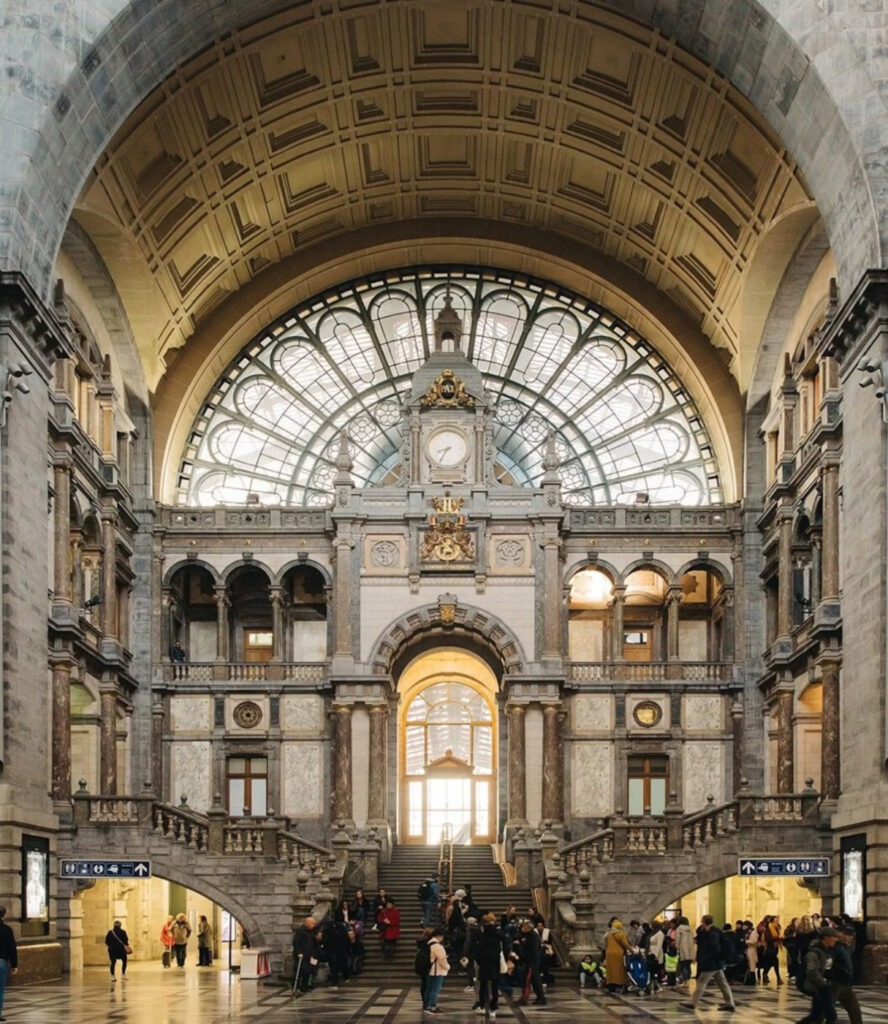
3. Grote Markt (Great Market Square)
- The city’s main square is surrounded by ornate guildhalls and the Renaissance-style City Hall (Stadhuis). It is the heart of Antwerp’s Old Town, often bustling with activity and events.
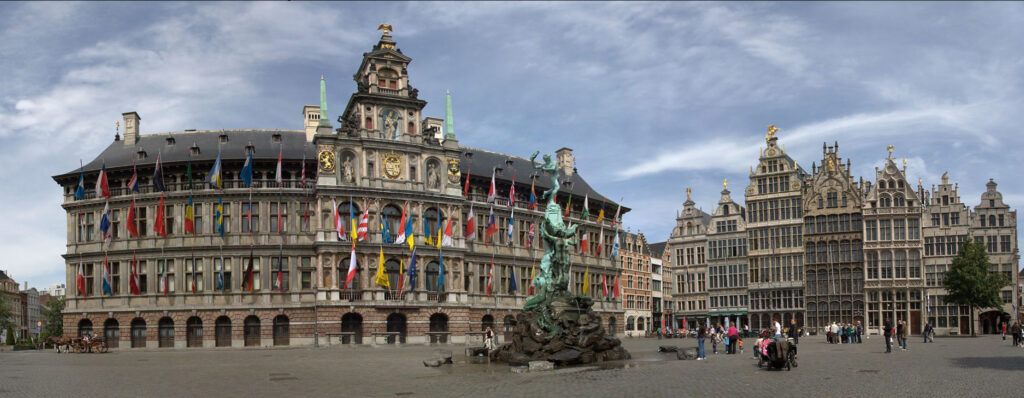
4. Antwerp Zoo
- One of the oldest zoos in the world, Antwerp Zoo was founded in 1843 and is located right next to the Central Station. It features a wide range of animals and beautiful Art Deco buildings.
5. MAS (Museum aan de Stroom)
- This contemporary museum, located along the Scheldt River, showcases Antwerp’s connection to the world, including its history as a major port city. The building itself is a striking architectural landmark with panoramic views of the city.
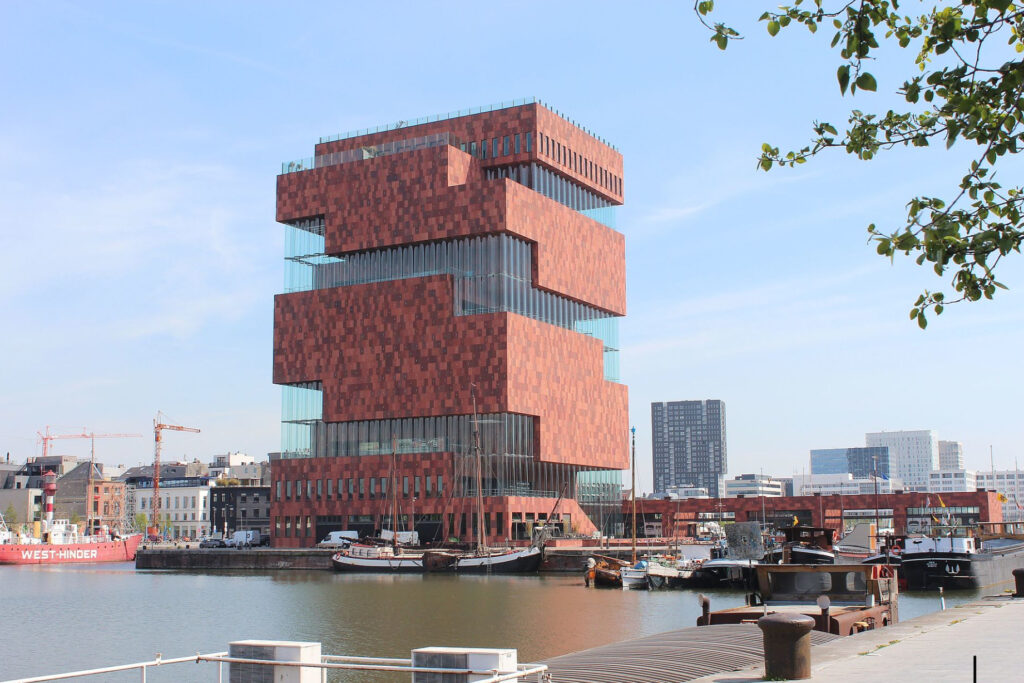
6. Rubenshuis (Rubens House)
- This was the home and workshop of the famous Baroque painter Peter Paul Rubens. It has been restored and converted into a museum showcasing his work, as well as that of his contemporaries.
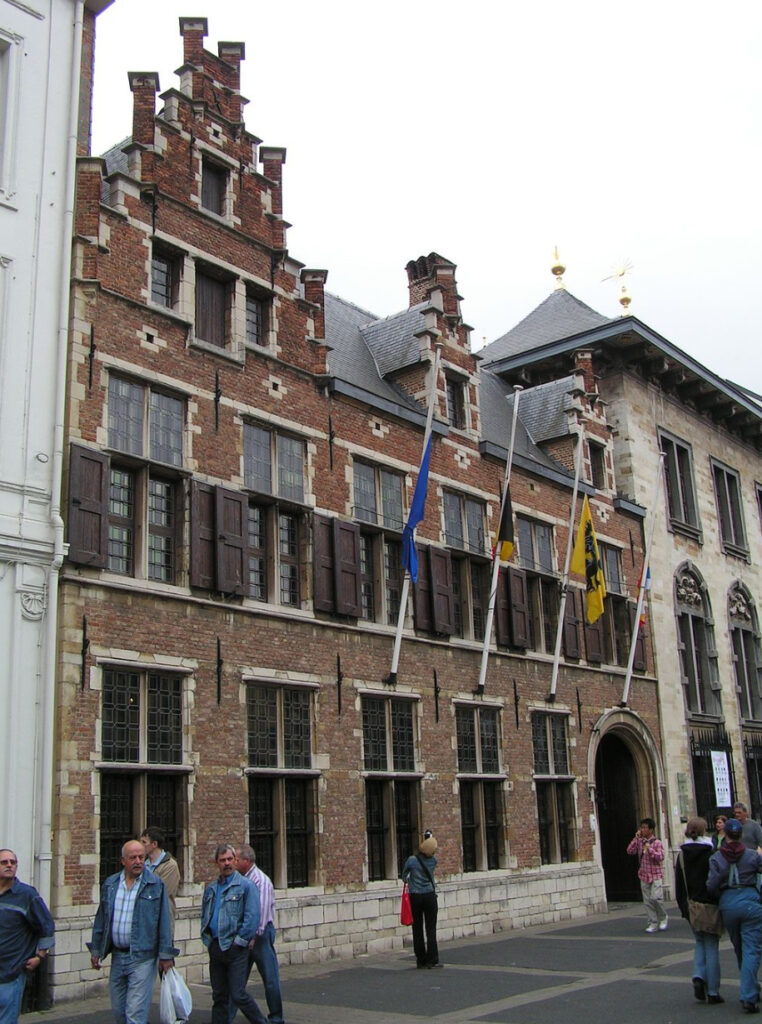
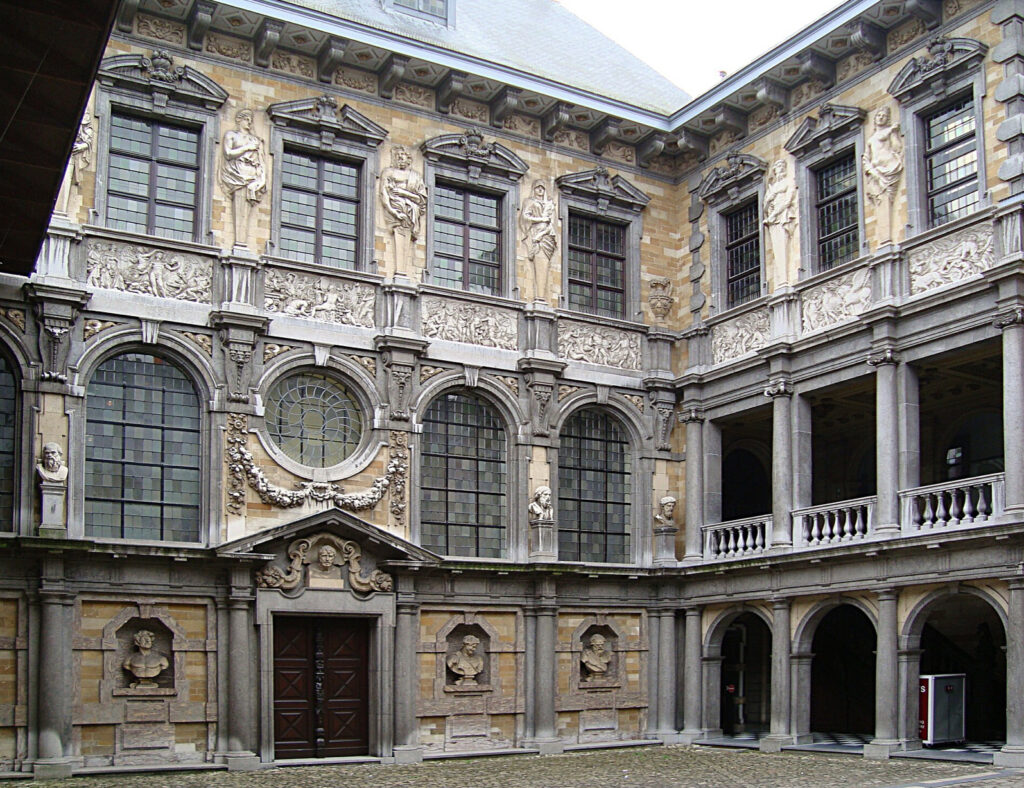
7. Het Steen Castle
- Antwerp’s oldest building, Het Steen, is a medieval fortress that once guarded the city’s river entrance. It has served various functions over the centuries, including as a prison. Today, it houses the Antwerp Visitor Center and is an iconic landmark along the Scheldt.
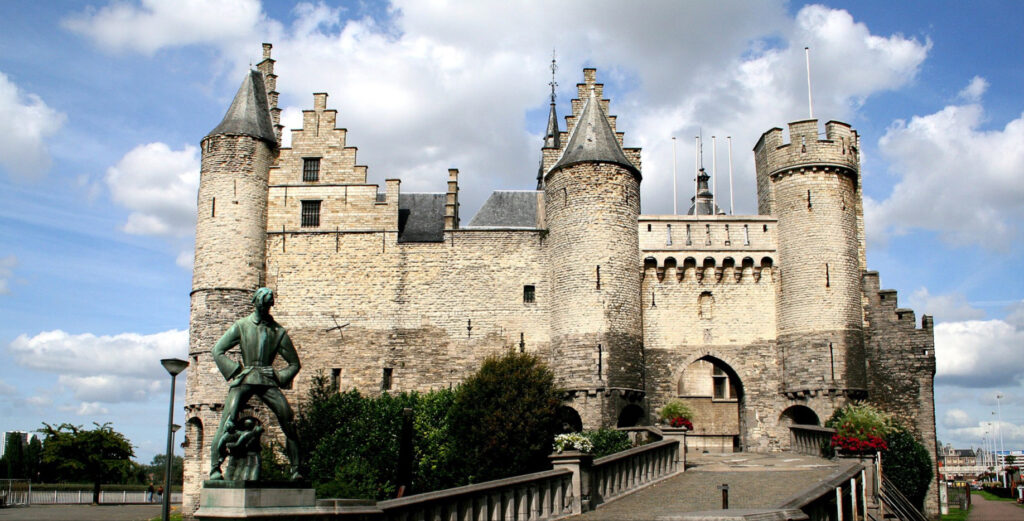
8. Plantin-Moretus Museum
- This museum, a UNESCO World Heritage site, is the former home and workshop of the Plantin and Moretus family, who were prominent Renaissance printers. The museum features original printing presses, historical books, and well-preserved interiors from the 16th and 17th centuries.
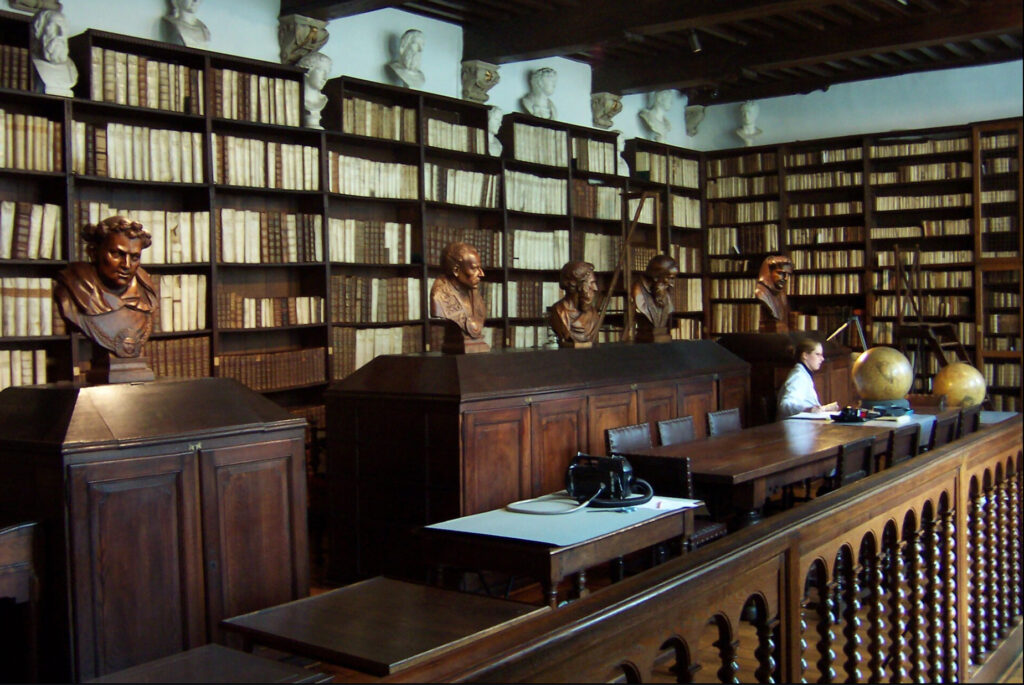
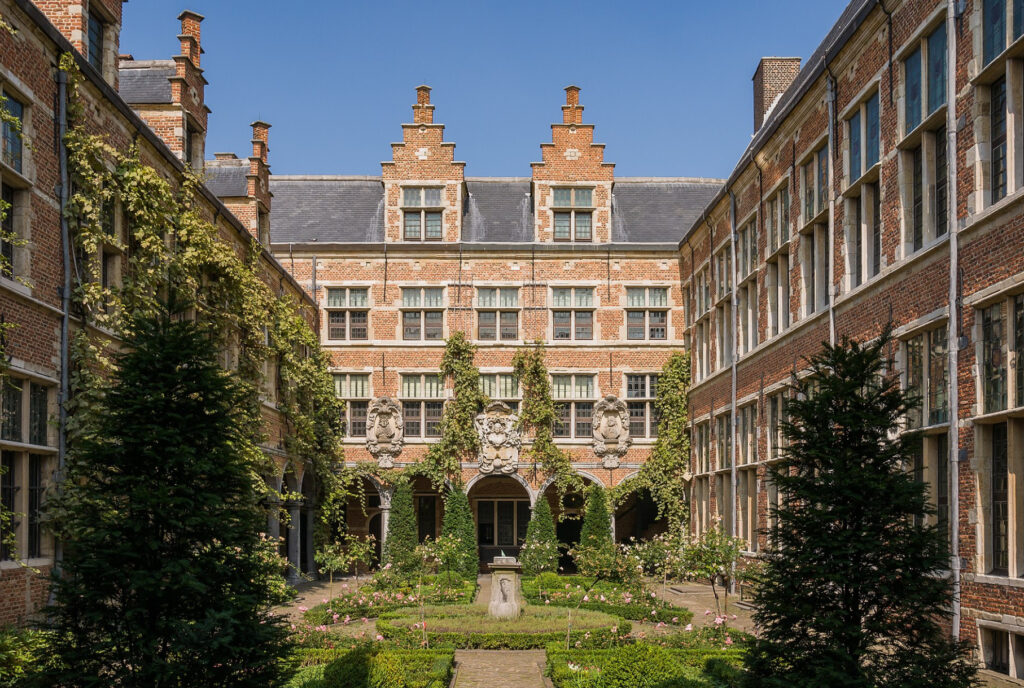
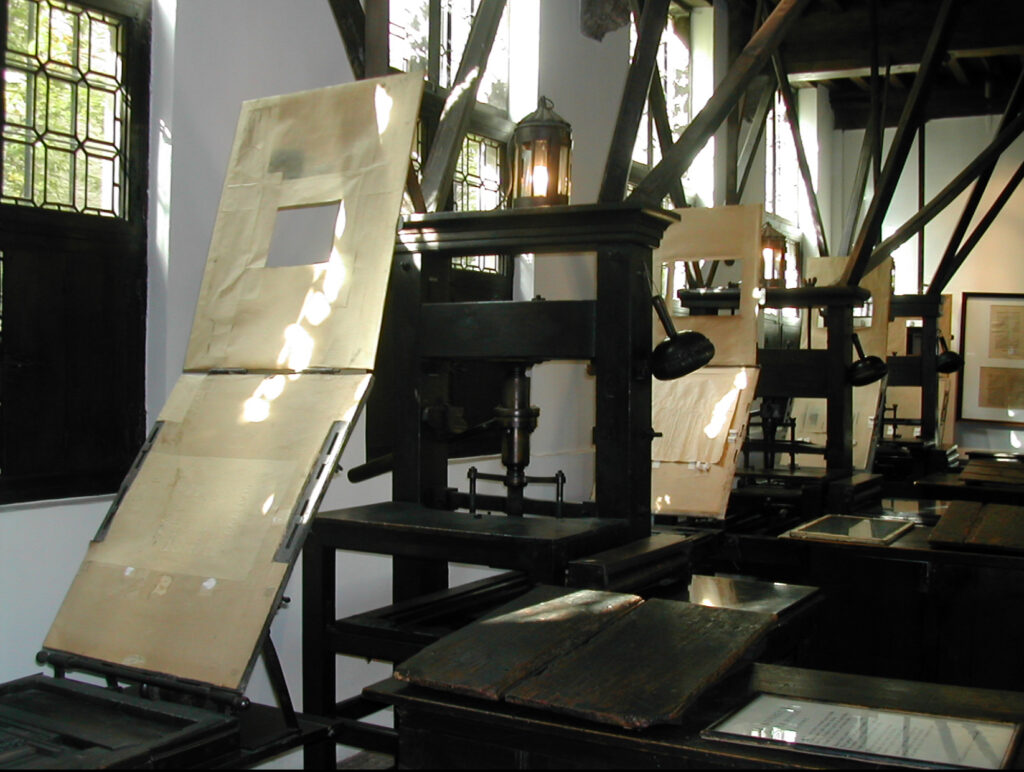
9. The Museum of Fine Arts (KMSKA)
- Recently reopened after extensive renovations, the Royal Museum of Fine Arts houses a significant collection of Flemish paintings, including works by Rubens, Van Dyck, and Jordaens.
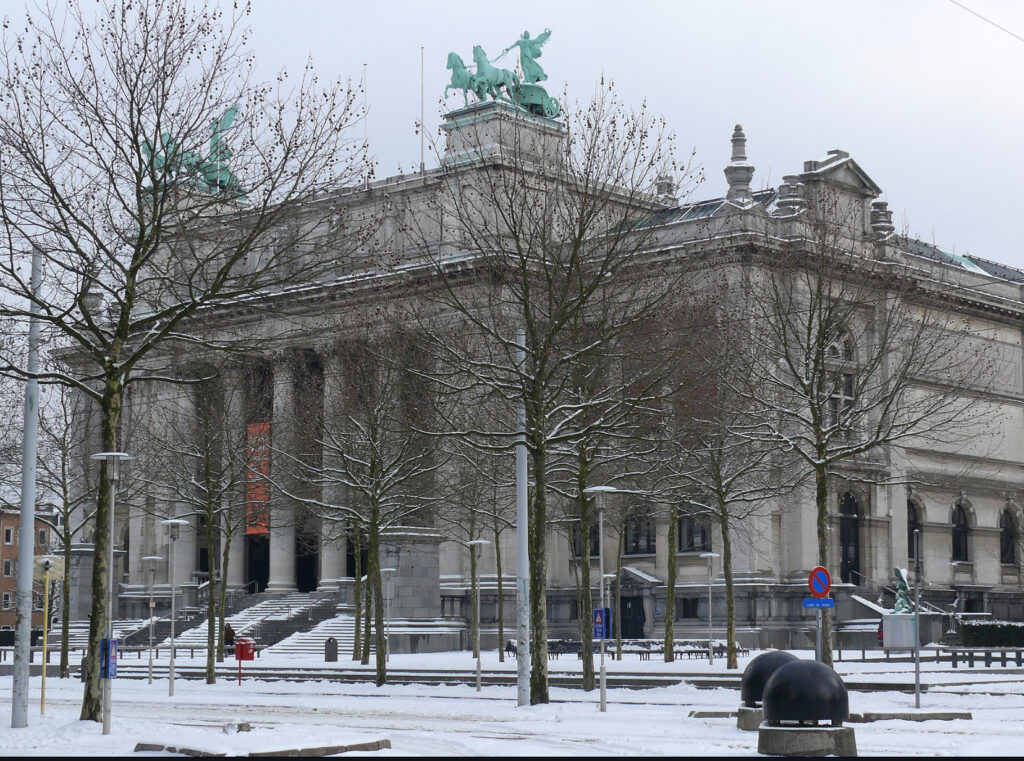
10. Museum Mayer van den Bergh
- This museum holds an impressive collection of medieval and Renaissance art, including works by Pieter Bruegel the Elder, such as the famous “Mad Meg” painting.
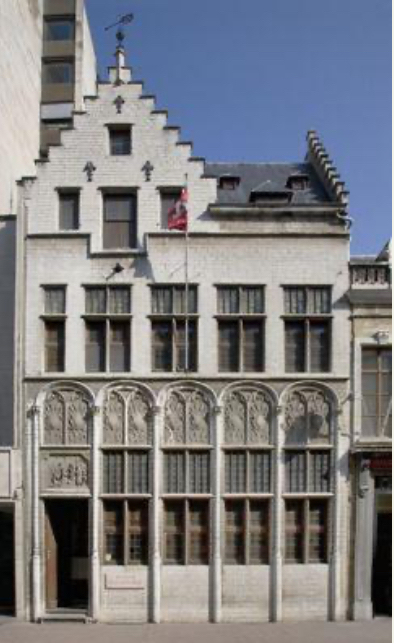
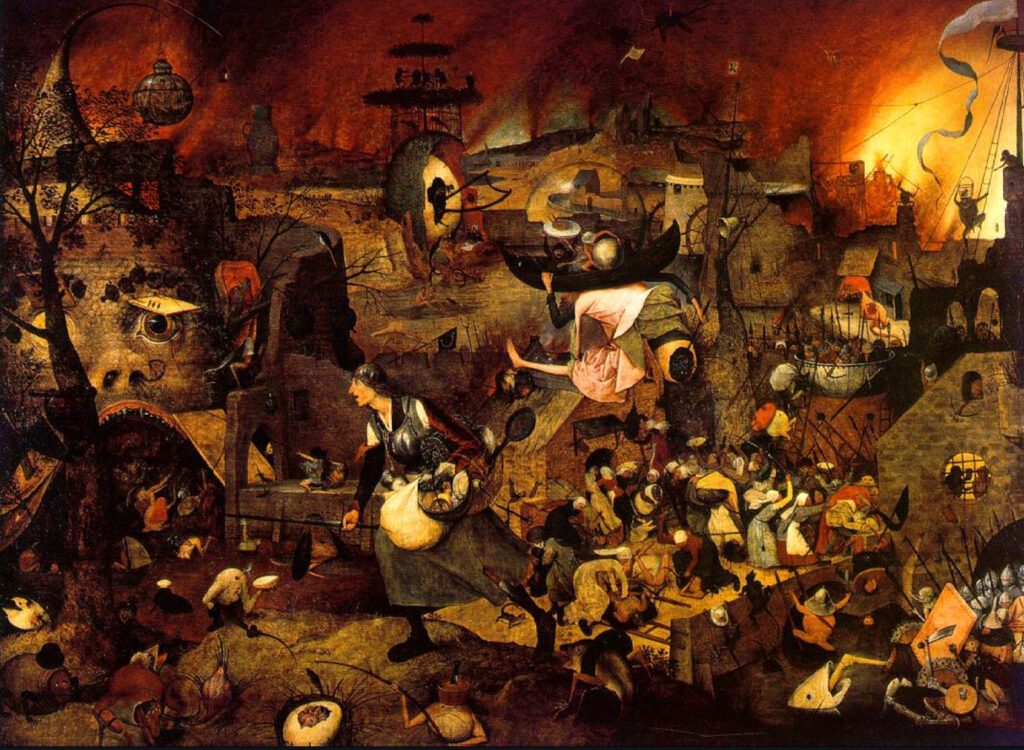
11. Meir Street and Stadsfeestzaal
- The Meir is Antwerp’s main shopping street, lined with impressive historic buildings. The Stadsfeestzaal is a former public hall turned into an upscale shopping center, known for its beautiful, ornate interior.
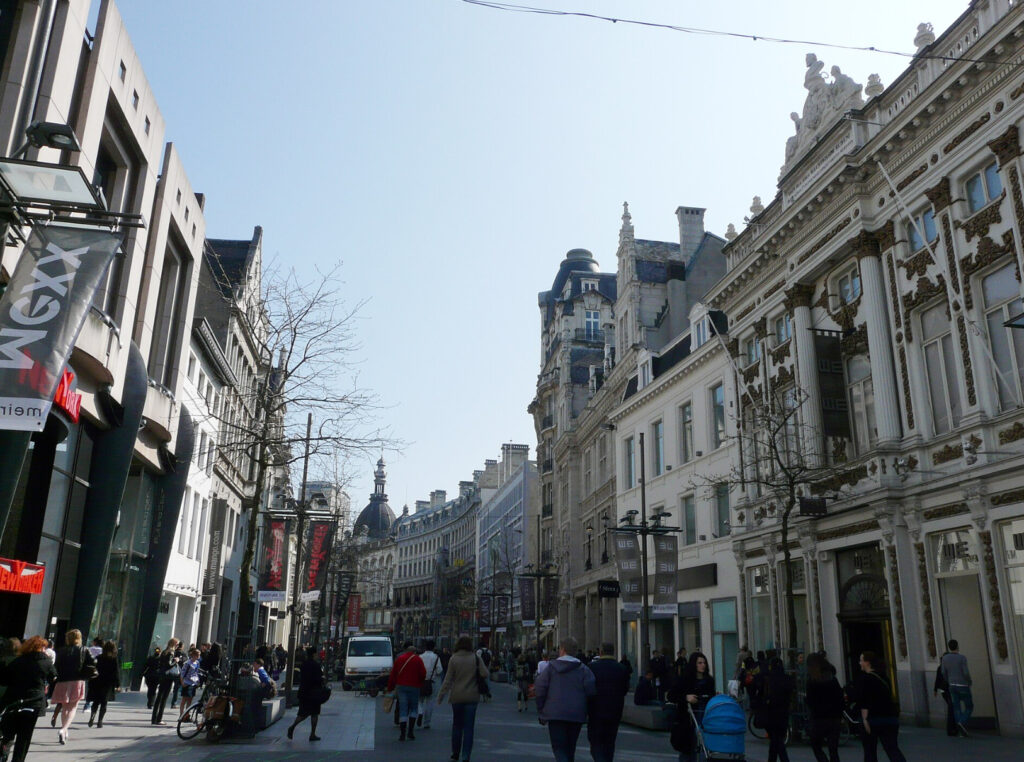
12. Saint Paul’s Church (Sint-Pauluskerk)
- This baroque church is known for its richly decorated interior and impressive collection of paintings and sculptures by artists like Rubens, Van Dyck, and Jordaens.
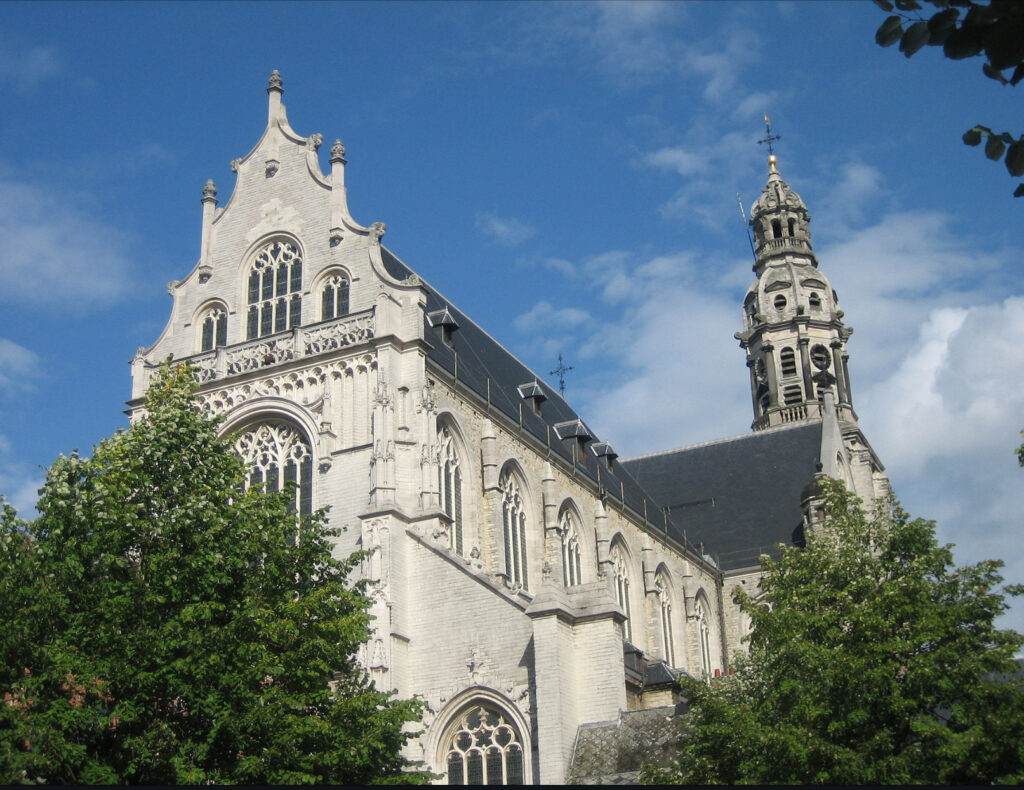
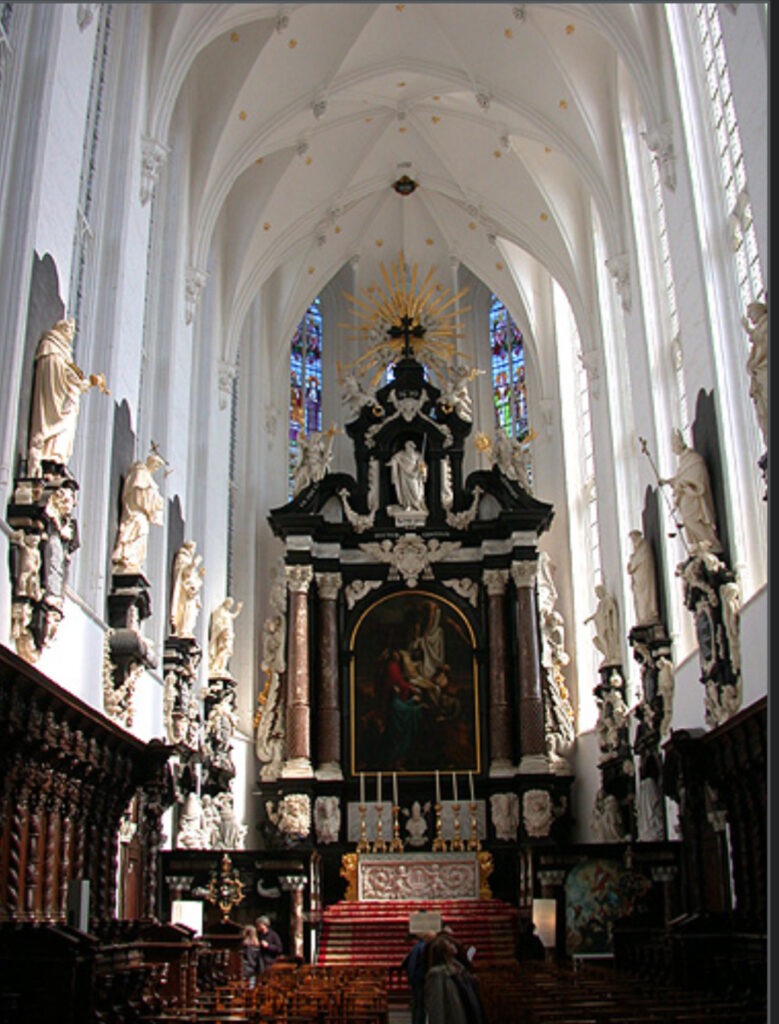
13. Red Star Line Museum
- Located in the old warehouses of the Red Star Line shipping company, this museum tells the story of millions of emigrants who traveled from Antwerp to North America in the late 19th and early 20th centuries.
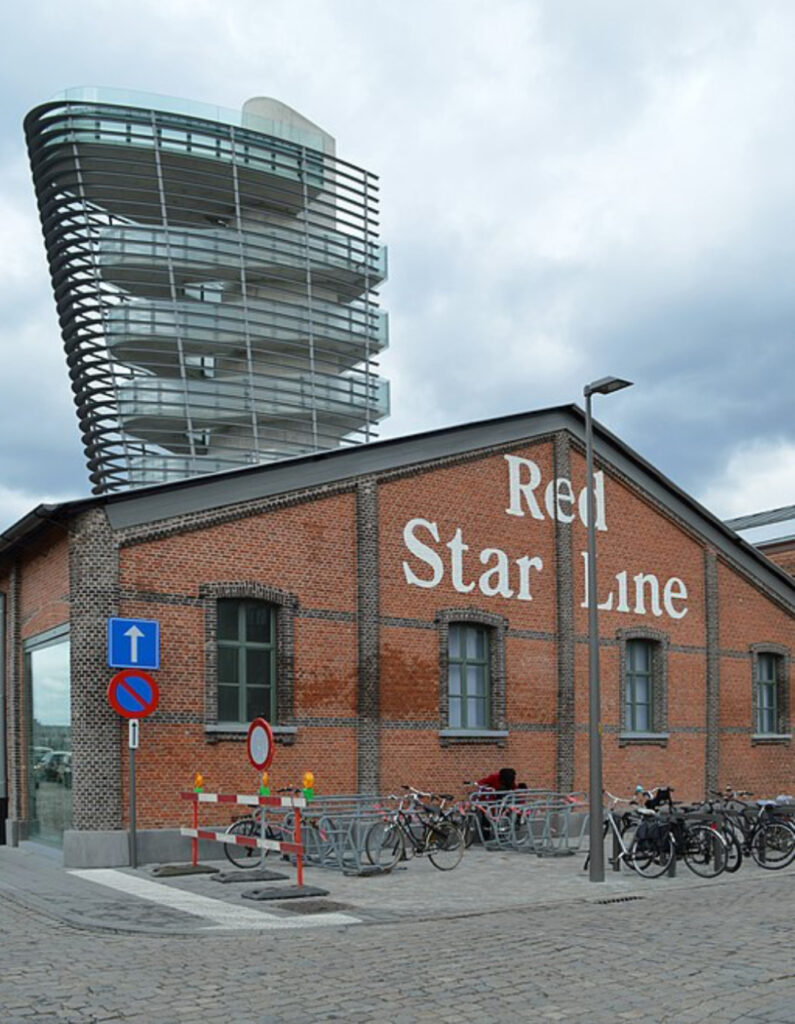
14. MAS Port Pavilion and Eilandje District
- The Eilandje district, where the MAS is located, is Antwerp’s oldest port area. Today, it is a vibrant neighborhood full of restaurants, cafes, and converted warehouses.
15. Cogels-Osylei
- A street in the Zurenborg district known for its magnificent Art Nouveau and eclectic architecture. The grand townhouses along this street are a testament to Antwerp’s wealth during the late 19th and early 20th centuries.
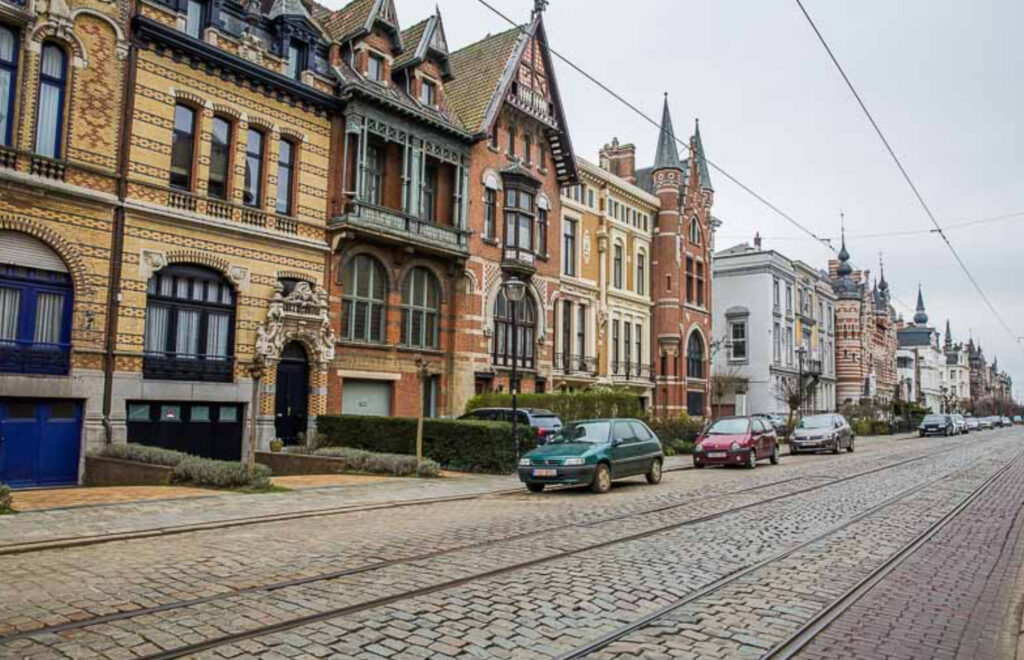
16. Boerentoren (Farmer’s Tower)
- Also known as the KBC Tower, it was one of Europe’s first skyscrapers when completed in 1932. Though it is not accessible to tourists, it is a landmark that showcases Antwerp’s 20th-century architectural development.
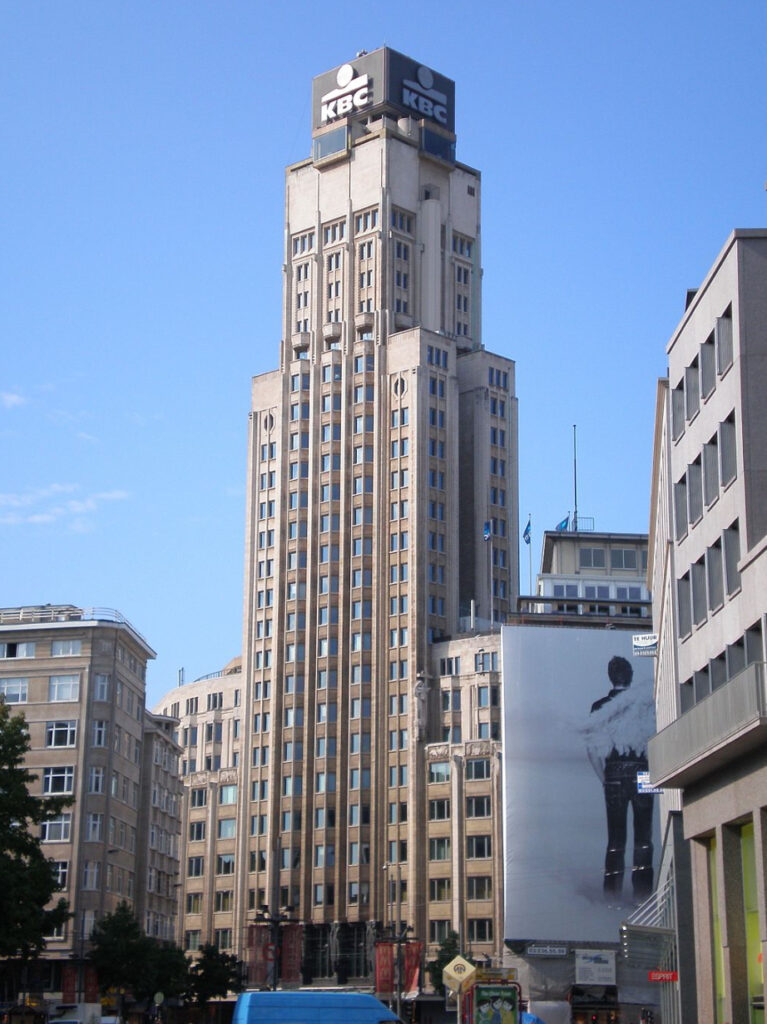
17. Vlaeykensgang
- A charming hidden alley in the center of Antwerp that takes visitors back to the medieval era. It’s a well-preserved section with cobblestone streets and is known for its quaint architecture and traditional atmosphere.
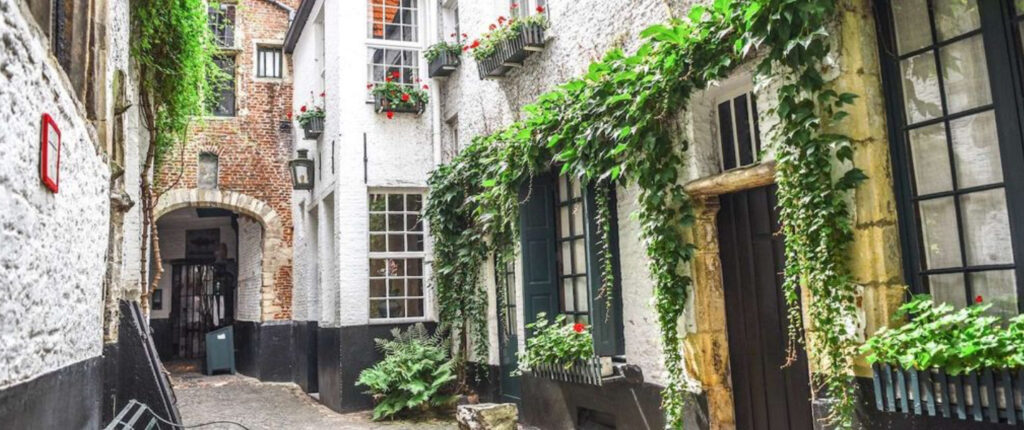
18. Middelheim Museum
- An open-air sculpture park with an extensive collection of modern and contemporary works, providing a unique art experience in a beautiful natural setting.
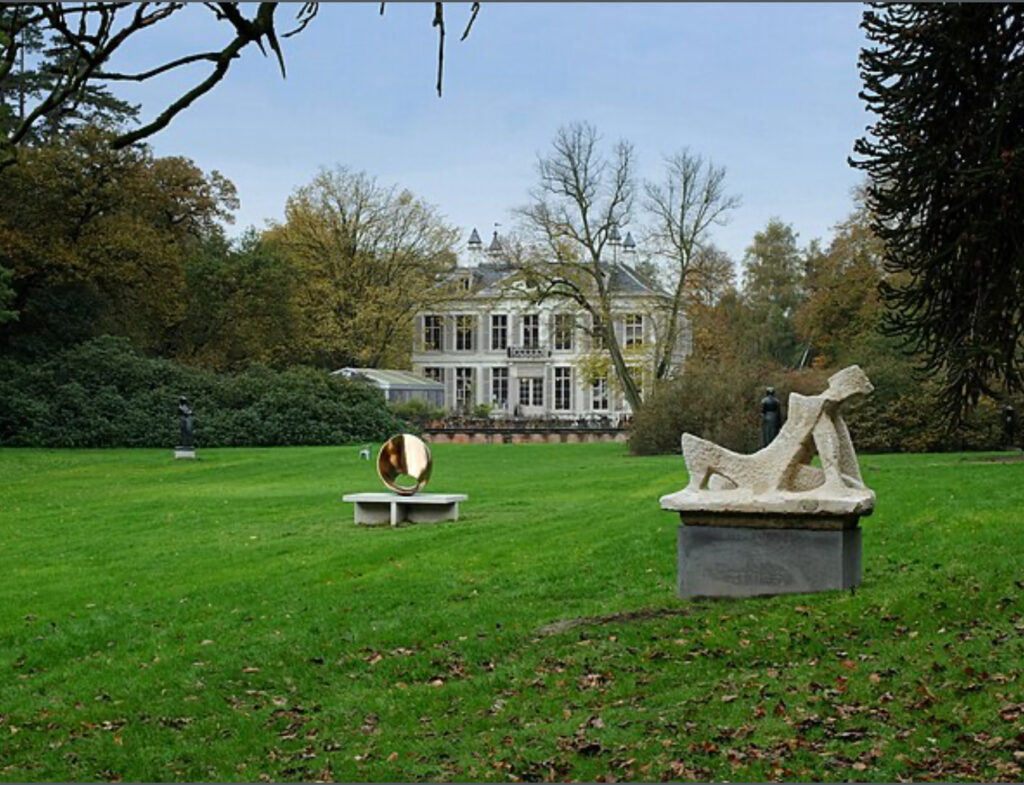
19. Antwerp Port House (Havenhuis)
- A striking modern architectural landmark designed by Zaha Hadid, the Port House serves as the headquarters for Antwerp’s port authority. The futuristic glass structure sits atop an old fire station, symbolizing the city’s fusion of old and new.
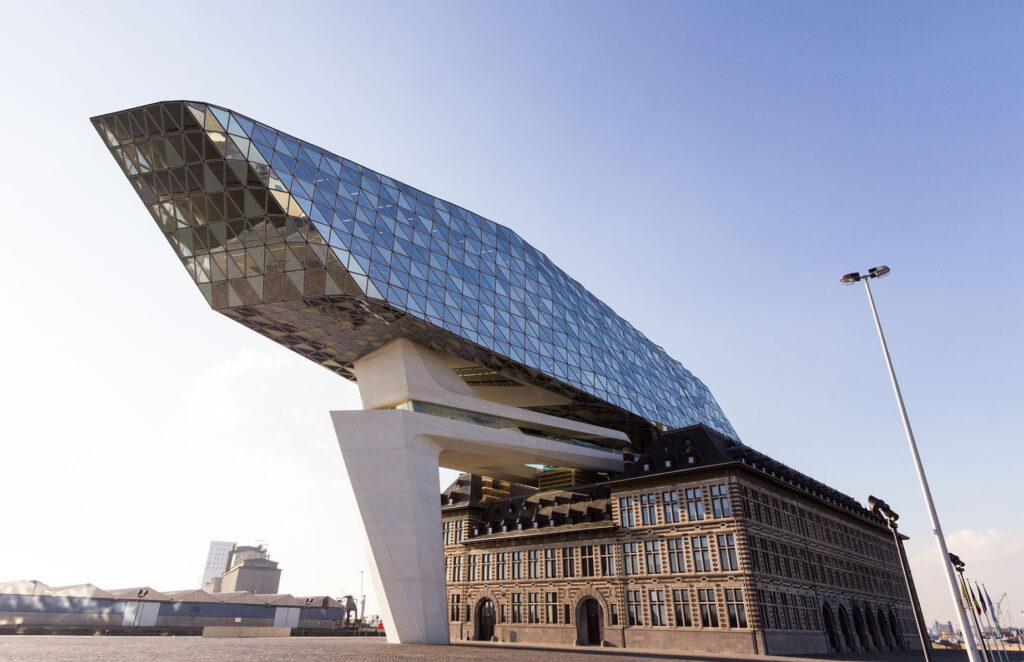
20. Carolus Borromeus Church
- A baroque church known for its ornate interior and once being the most decorated church in Antwerp. It has connections to Rubens, who designed some of its features.
These attractions reflect Antwerp’s history as a wealthy trading city, its artistic heritage, and its position as a thriving, modern metropolis.
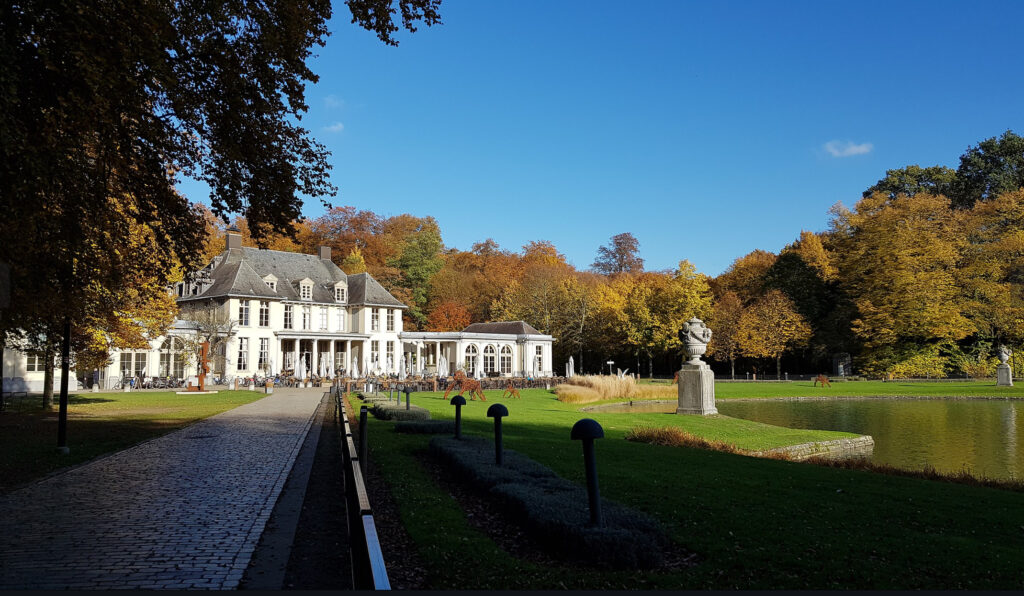
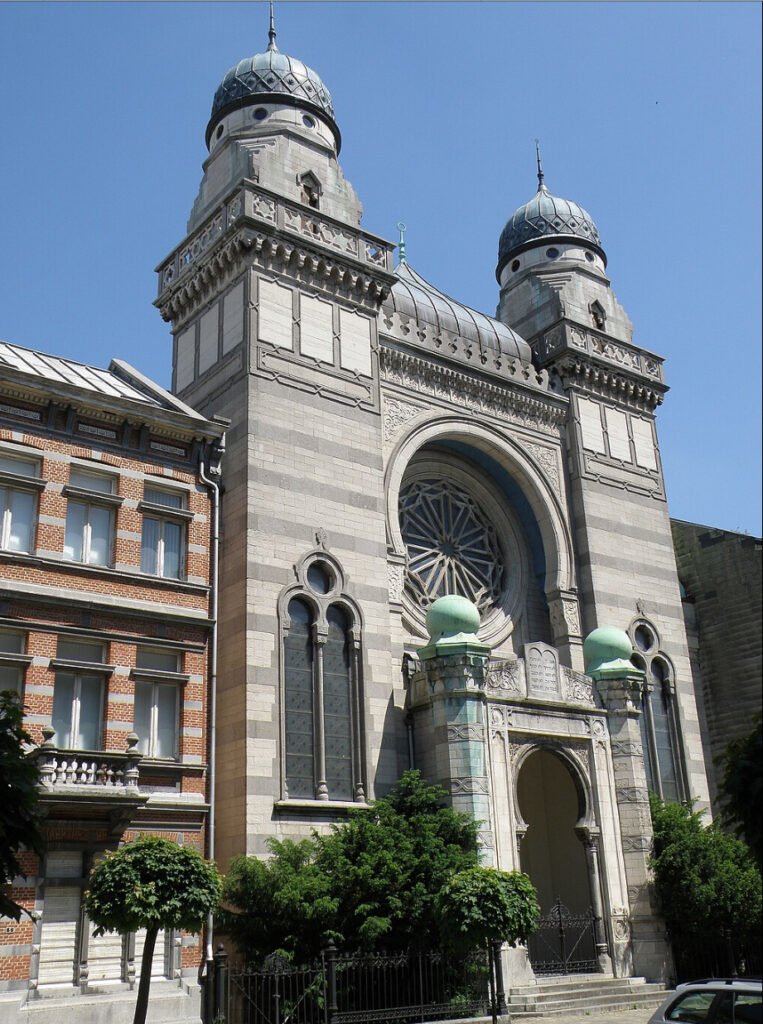
Here’s a two-day itinerary for visiting Antwerp, Belgium, incorporating unique downtown accommodation and the best of Antwerp’s local food specialties.
Accommodation Suggestion
- Hotel Julien: A boutique hotel located in the heart of Antwerp, known for its stylish, modern design combined with historical elements. It features a rooftop terrace with views of the cathedral, a luxurious spa, and elegant rooms.
Day 1: Exploring Historical Antwerp
Morning:
- Breakfast at Goossens Bakery: Start the day at this charming, historic bakery for freshly baked bread and a “coffee koek” (a local sweet pastry).
- Cathedral of Our Lady: Visit the largest Gothic cathedral in Belgium, featuring impressive artworks by Rubens.
- Grote Markt: Stroll around the main square, admire the guildhalls, and visit the City Hall.
Lunch:
- De Bomma: Experience traditional Flemish cuisine at De Bomma (“Grandma”), where they serve comforting local dishes. Try the “stoofvlees” (Flemish beef stew) with fries.
Afternoon:
- Rubenshuis: Explore the former home and workshop of Peter Paul Rubens, a must for art lovers.
- Vlaeykensgang: Discover this hidden medieval alley for a taste of Antwerp’s past.
- MAS (Museum aan de Stroom): Head to MAS for exhibits on Antwerp’s history and culture. End your visit by taking in panoramic views from the rooftop.
Evening:
- Dinner at Elfde Gebod: Close to the cathedral, this restaurant is filled with religious statues, offering a unique atmosphere. Order a classic Belgian dish, such as “waterzooi” (a creamy stew) with a Belgian beer.
Day 2: Art, Diamonds, and Portside Attractions
Morning:
- Breakfast at Kaffeenini: Enjoy a cozy breakfast with a bagel and local coffee.
- Antwerp Central Station: Visit this architectural gem, regarded as one of the world’s most beautiful train stations.
- Antwerp Zoo: Right next door is Antwerp Zoo, one of the oldest in the world, set amidst beautiful gardens.
Lunch:
- Frites Atelier: Enjoy a gourmet take on Belgian fries with a variety of sauces and toppings. Pair it with a local beer or lemonade.
Afternoon:
- Diamond District: Visit the Diamond District to learn about Antwerp’s rich history in the diamond trade. Consider a visit to the DIVA Museum for insights into the history of diamonds and luxury goods.
- Cogels-Osylei: Take a short tram ride to admire the impressive Art Nouveau architecture on this street in the Zurenborg district.
- Het Steen Castle: Visit Antwerp’s oldest building, situated along the Scheldt River. Learn about its historical significance and enjoy views of the river.
Evening:
- Dinner at The Jane: Dine at this Michelin-starred restaurant, located in a beautifully restored chapel. The creative dishes are made from local ingredients, offering a perfect fusion of traditional and modern flavors. Reservations are a must.
Optional Experiences
- Red Star Line Museum: If you have extra time, this museum tells the stories of emigrants who left Europe via Antwerp for the Americas.
- Chocolate Tasting: Stop by The Chocolate Line for a variety of unique pralines and truffles crafted by Belgian chocolatier Dominique Persoone.
Local Food Specialties to Try During Your Visit
- Handjes: Try Antwerp’s signature almond-flavored biscuits, shaped like hands, representing the legend of the city’s name.
- Bolleke Beer: Enjoy a glass of De Koninck, Antwerp’s most famous local beer, often called a “bolleke” due to the glass’s shape.
- Mosselen-friet: Mussels served with fries, a popular Belgian dish you can try at local brasseries.
This itinerary combines Antwerp’s historical charm, rich artistic heritage, and local culinary delights, giving you an authentic experience of the city’s character.
